The deep convergence of AI and Internet of Things (IoT) technologies is revolutionizing industrial equipment such as smart film slitting machines. The future development direction will focus on intelligence, automation, efficiency and sustainability, which is embodied in the following aspects:
1. Intelligent and adaptive control of the whole process
• AI-driven process optimization
Machine learning algorithms analyze historical production data (such as material properties, ambient temperature and humidity, tool wear, etc.), and dynamically adjust slitting parameters (tension, speed, tool pitch) to achieve adaptive slitting and reduce scrap rate (estimated to be reduced by 15%-30%).
• Defect detection and real-time correction
Combined with high-precision vision sensors and AI image recognition (such as YOLO and ResNet), it detects film surface defects, edge burrs or slitting deviations in real time, and automatically corrects them through the IoT feedback control system, improving the yield rate to more than 99.5%.
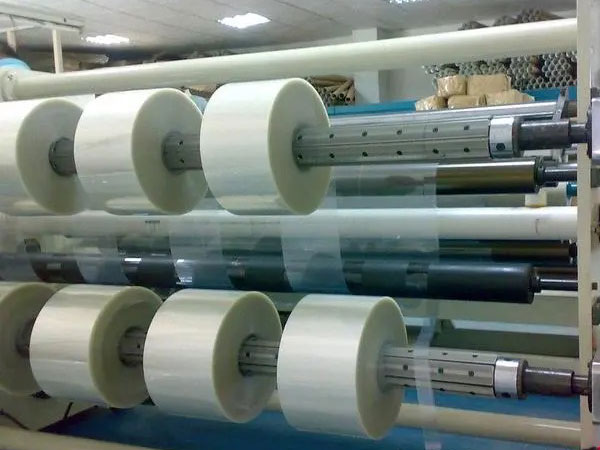
2. Predictive maintenance enabled by the Internet of Things (IoT).
• Device health monitoring
Collect equipment operation data through vibration sensors, temperature sensors and current monitoring modules, and use edge computing + cloud AI models (such as LSTM timing analysis) to predict the life of key components (such as spindles and tools), trigger maintenance work orders in advance, and reduce unplanned downtime.
• Remote diagnostics and OTA upgrades
Based on the IoT platform, remote monitoring of equipment status is realized, automatic upload of fault codes and assisted diagnosis by expert systems are supported, and the slitting algorithm is continuously optimized through over-the-air firmware upgrade (FOTA).
3. Digital Twin & Virtual Commissioning
• Virtual simulation and optimization
Build a digital twin of the slitting machine to simulate the slitting process of different materials (e.g., PET, BOPP) in a virtual environment, quickly validate the process plan, and shorten the time of changeover and commissioning (from hours to minutes).
• Human-machine collaboration interface (HMI) enhancements
AR/VR technology assists operators in equipment maintenance or complex operations, and reduces manual training costs through gesture recognition or voice command interaction.
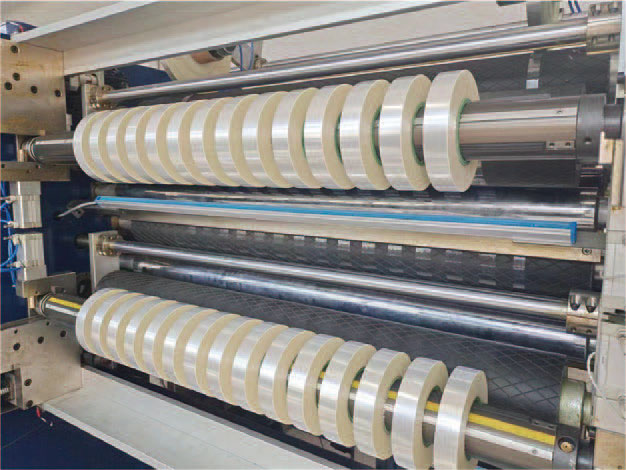
4. Flexible production and supply chain collaboration
• Dynamic scheduling integrated with MES
The AI algorithm automatically generates the optimal production plan according to the order priority, material inventory, and equipment status, and links with the enterprise MES/ERP system to realize the unmanned whole process of "order-slitting-packaging".
• Blockchain traceability
RFID tags are embedded in the film rolls, and the data of the slitting process is chained to ensure full traceability from raw materials to finished products, and meet the quality compliance needs of high-end customers (such as pharmaceuticals and food packaging).
5. Green energy conservation and sustainable development
• Energy optimization
AI analyzes the load and energy consumption patterns of the motor in real time, and dynamically adjusts the operating parameters of the equipment (such as frequency conversion speed regulation) to reduce the energy consumption per unit capacity by more than 20%.
• Closed loop of scrap recycling
The intelligent sorting robot (combined with AI vision) automatically sorts leftovers, and links the recycling system to realize material recycling, supporting the goal of "zero waste factory".
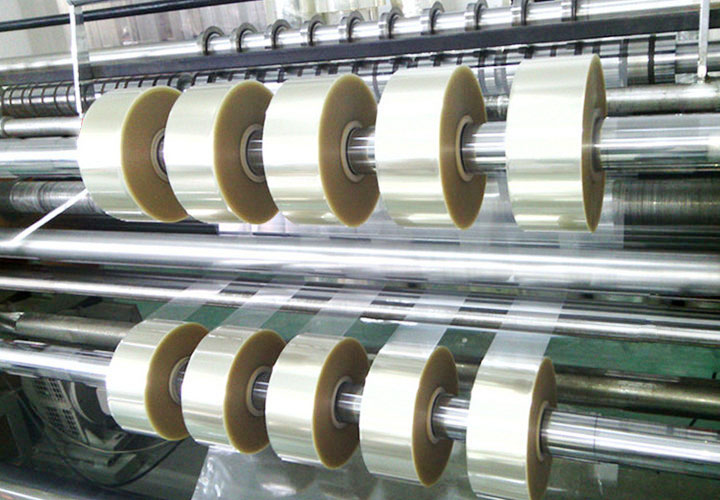
6. Edge-cloud collaboration architecture
• Edge computing responds in real time
Deploy lightweight AI models (such as TensorFlow Lite) on the device side to handle real-time control tasks (such as tension adjustment). The cloud is responsible for big data analysis and model iterative training, forming an architecture of "edge agility + cloud intelligence".
• 5G low-latency communication
The 5G network is used to realize the collaborative operation of the slitting machine cluster (such as multi-machine synchronous slitting) to ensure the real-time data transmission (latency < 10ms)。
Challenges and responses
• Data security: Industrial-grade encryption protocols (such as OPC UA over TSN) must be used to protect IoT data transmission.
• Skills gap: Develop a low-code/no-code AI toolchain to lower the barrier to transformation for traditional manufacturers.
Future outlook
The intelligent film slitting machine will gradually evolve into an intelligent body of "self-perception, self-decision-making, and self-execution", and become the core node of flexible manufacturing. As the cost of AIoT technology falls, small and medium-sized enterprises will also accelerate the adoption of such solutions, driving the entire film processing industry towards unmanned, customized, and zero-defect production.
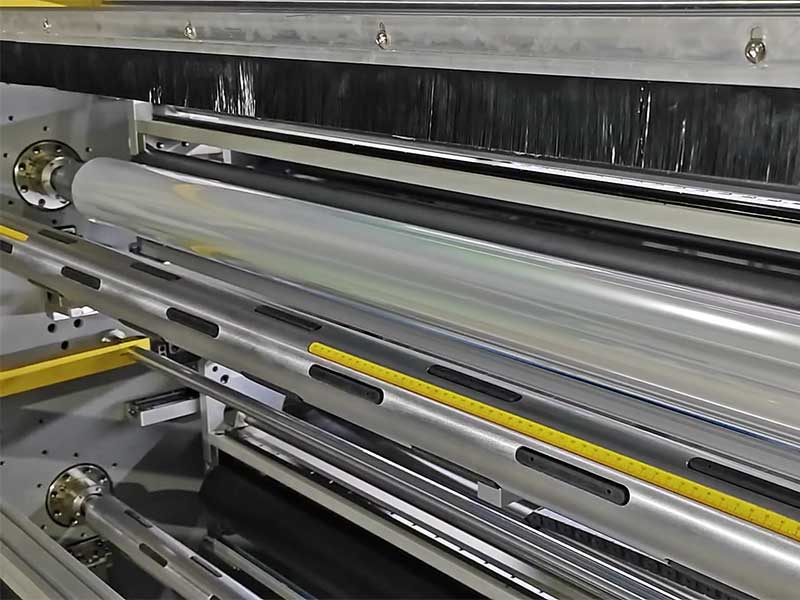 Intelligent deviation correction: the "invisible guardian" of automotive film slitting machine
Intelligent deviation correction: the "invisible guardian" of automotive film slitting machine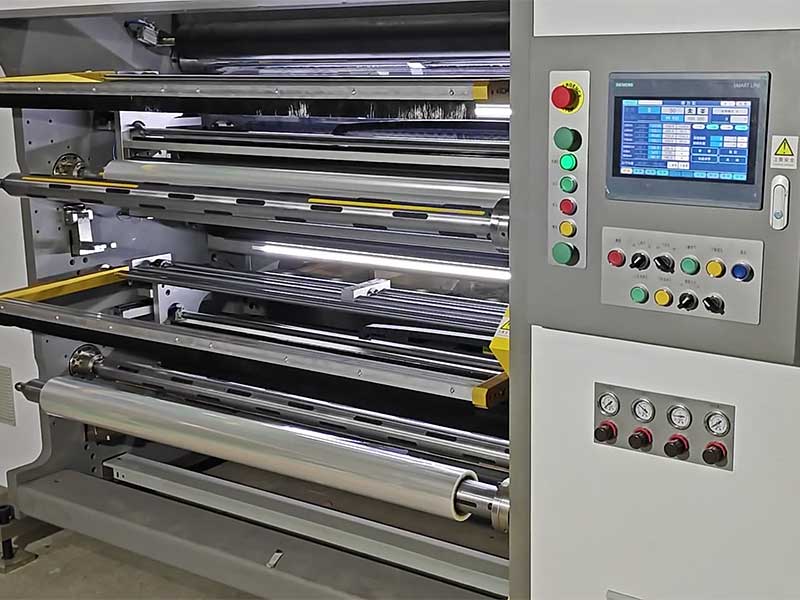 Film revolution: an intelligent cutting knife, how to cut out the new profit space of the automotive film industry?
Film revolution: an intelligent cutting knife, how to cut out the new profit space of the automotive film industry?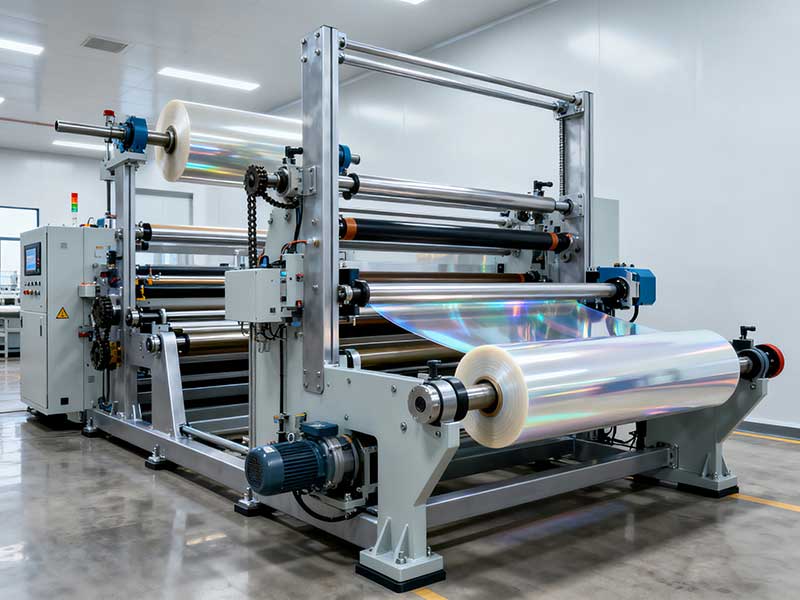 Your film material, film slitting machine to "tailor"
Your film material, film slitting machine to "tailor"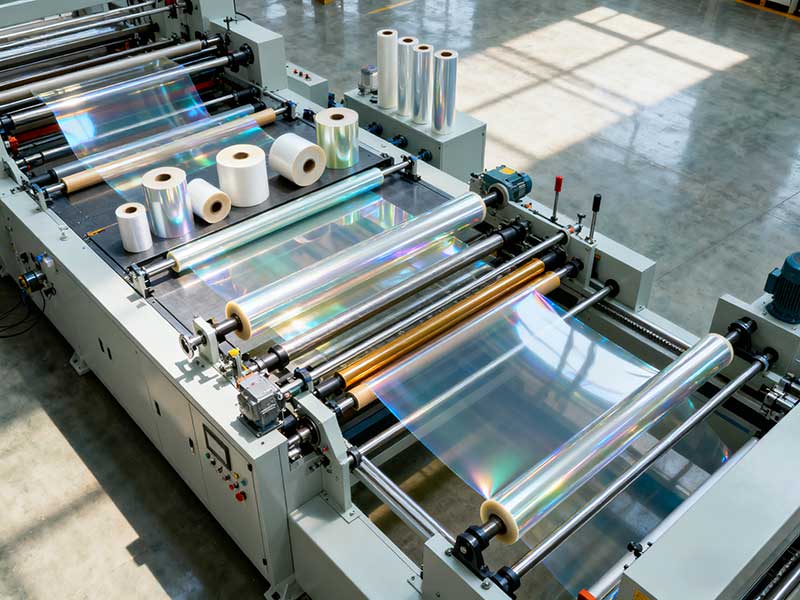 Film slitting machines: customized solutions for multi-industry applications
Film slitting machines: customized solutions for multi-industry applications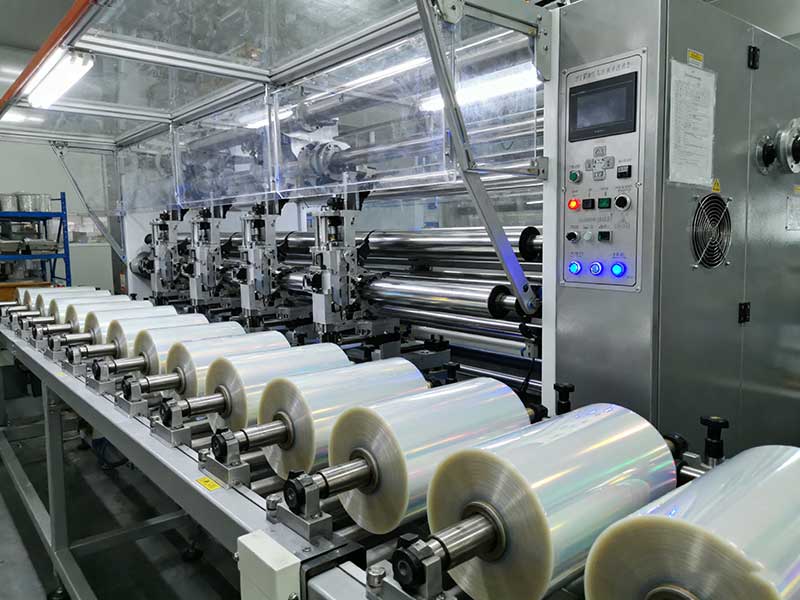 Demystifying: The technological innovation behind high-performance film slitting machines
Demystifying: The technological innovation behind high-performance film slitting machines